The Esoteric Wisdom of Ancient Magic & Modern Psychology
Is modern psychology really just ancient magic rebranded?
“Who looks outside, dreams; who looks inside, awakes.”
Carl Jung
Have you ever wondered if the legends told by our ancestors hold more truth than myth? Picture a world where these stories intersect with today's scientific breakthroughs, suggesting that ancient wisdom might have been ahead of its time. This intriguing possibility invites us to view old tales as more than just folklore, perhaps as early interpretations of the very phenomena scientists are unraveling today.
Introduction
In the tapestry of human understanding, there lies a profound kinship between the mystical alleys of ‘Ancient Magic’ and the intricate corridors of ‘Modern Psychology’. This narrative embarks on an odyssey, unraveling the enigmatic parallels that bind these seemingly disparate realms. Here, in the hallowed echoes of the past, the wisdom of Hermes Trismegistus whispers the secrets of the cosmos.
Hermes Trismegistus, a legendary Hellenistic figure who merges the Greek god Hermes and the Egyptian god Thoth, reflects the blend of cultures. Meanwhile, in the hushed halls of academia, Sigmund Freud, the father of psychoanalysis, along with Carl Jung, the explorer of the collective unconscious, and Alfred Adler, pioneer of individual psychology, dissect the human mind.
In our voyage through ‘Ancient Magic’ and ‘Modern Psychology’, we metaphorically link past and present, where historical facts meet symbolic interpretation, exploring the psyche through metaphors and allegories rooted in insightful symbolism.
Unveiling the Psyche: A Journey Through Magic and Mind
Our journey begins under the starlit sky of antiquity, where magic was not mere illusion but a profound quest for understanding. These ancient magicians, like modern psychologists, sought to penetrate the veils of the human psyche. In their rituals and symbols, we find the embryonic forms of psychological concepts. The arcane rites were more than spectacle; they were the keys to unlocking the subconscious, a portal to inner realms. The symbolism and rituals of ancient magic, while richly allegorical, connect to modern psychology thematically rather than historically, serving as metaphors for understanding the psyche.
In the dreams of Pharaohs and peasants alike, messages from the subconscious were revered. The ancients divined meaning in these nocturnal visions, much as ‘Jungian Analysis’ scours dreams for symbols of the ‘Self’. These practices illuminate the timeless human endeavor to decipher the enigmatic language of the subconscious, a quest as relevant today as it was in the age of pyramids.
In exploring the subconscious, Freud's insights are foundational. As a pioneer of psychoanalysis, Freud greatly influenced modern psychology. He famously stated, “The interpretation of dreams is the royal road to a knowledge of the unconscious activities of the mind.” Dreams, in this view, are vital to unlocking our deeper selves, symbolically aligning with Hermetic inner world explorations.
Expanding on this, dreams are seen as symbolic narratives with spiritual and mystical importance. Aligning with ancient beliefs, they're perceived as ‘Divine Messages’ or ‘Deep Self-Reflections’, offering broader insights into our inner world and turning each dream into a personal myth, reflecting our struggles and aspirations. Furthermore, dream studies delve into premonitions, ‘Parallel Realities’, and lucid dreaming. These less empirically grounded areas have long fascinated, enriching our understanding of dreams.
The Hermetic axiom “As above, so below” resonates through the ages, echoing in the modern understanding of the collective unconscious. This principle, a golden thread through the tapestry of existence, reveals the ‘Interconnectedness of All Things’, a concept mirrored in the psychological exploration of our deepest selves. In this pursuit, the alchemists' quest to transmute lead into gold becomes a metaphor for our transformation from baseness to enlightenment. Echoing this sentiment, renowned astronomer Carl Sagan once reflected, “We are a way for the cosmos to know itself”, capturing the essence of this connection, suggesting a universal reflection of our own psyche in the cosmos.
Our exploration leads us to the shadowy realms of our own being. Carl Jung, a pivotal figure in psychology, focused on the depths of the psyche. Jung’s concept of the ‘Shadow’, the unacknowledged parts of ourselves, finds its precursor in the alchemical process of confronting and integrating our baser elements. This psychological alchemy transforms us, not into beings of literal gold, but into enlightened, whole selves.
As we journey through the symbiotic relationship between ‘Ancient Mysticism’ and ‘Modern Psychology’, we discover that the tools for personal growth and emotional healing are as much rooted in the past as they are in the present. The ritualistic and symbolic practices of yore find their echoes in contemporary therapeutic techniques, bridging a millennia-old gap. This narrative, thus, is not merely an exploration of history or psychology; it is a journey of self-discovery, a quest to understand ‘The Alchemy of the Mind’.
The Principles of Existence: As Above, So Below
‘The Hermetic principle of Correspondence’ weaves a timeless narrative, echoing across the ages in the whispers of sages and the insights of psychologists. This ancient adage, “As Above, So Below”, serves as a cosmic mirror, reflecting the profound ‘Interconnectedness of the Universe’. It's a concept that transcends mere philosophy, embedding itself in the very fabric of our understanding of reality.
Within this principle lies ‘The Key’ to unlocking the mysteries of our inner and outer worlds. It's a reminder that the vast expanse of the cosmos, also known as the ‘Macrocosm’, and the complexities of the human psyche, also known as the ‘Microcosm’, are intricately linked. The ‘Macrocosm’, symbolizing the universal scale, and the ‘Microcosm’, representing the individual scale, are not just parallel; they are profoundly interconnected, each a reflection of the other. This insight offers a pathway to understanding life's dualities, guiding us toward a balanced perspective.
This principle traces back to the ‘Emerald Tablet’, attributed to Hermes Trismegistus. It is important to note that Hermes Trismegistus is more a symbolic representation of esoteric wisdom than a historical individual. His teachings, primarily allegorical, have deeply influenced esoteric traditions and are interwoven with philosophical and mystical ideas. The ‘Emerald Tablet’, foundational in Hermeticism, underpins many modern esoteric traditions and philosophically influenced famed Renaissance figures like Paracelsus and Newton.
Through the lens of ‘Jungian Psychology’, we see this principle come alive. Carl Jung introduced the concepts of ‘Anima’ and ‘Animus’ as representations of the internal ‘Feminine’ and ‘Masculine’ energies within each individual's psyche. These are not mere psychological constructs but echoes of the Hermetic concepts of gender and polarity. Carl Jung's theories, though paralleling Hermetic principles, are modern constructs, symbolically resonating with ancient wisdom on a journey of self-knowledge and balance. His process of ‘Individuation’, which involves the integration of these opposing energies, mirrors the Hermetic journey towards spiritual enlightenment. This process is not just a path to self-discovery but a quest for cosmic understanding. Jung aptly stated, “The conscious side of woman corresponds to the emotional side of man, not to his 'mind.' Mind makes up the soul, or better, the 'animus' of woman, and just as the anima of a man consists of inferior relatedness, full of affect, so the animus of woman consists of inferior judgments, or better, opinions.”
Imagine the transformative power of applying this ancient wisdom to our modern lives. Mindfulness, self-reflection, and the pursuit of inner-outer world harmony become not just tools for personal growth but acts of aligning with a universal truth. In embracing these practices, we find ourselves not only navigating life's complexities with greater ease but also stepping into a flow that has guided seekers and sages for millennia.
As we delve deeper into this principle, we find that embracing and integrating these opposite energies is not just beneficial; it's essential for our well-being. It's a journey towards harmony, a dance with the universe where every step brings us closer to a deeper understanding of ourselves and the world around us.
In understanding the interconnectedness of our inner and outer worlds, Alfred Adler's insight into individual psychology resonates profoundly. He observed, “We are not determined by our experiences, but are self-determined by the meaning we give to them.” This aligns with the Hermetic principle, emphasizing that our personal interpretation of experiences shapes our reality and connection with the universe.
To practically apply this principle, consider observing and journaling how your thoughts and emotions reflect in your actions and relationships for a week. This mindfulness practice can help you understand the interconnectedness of your inner and outer worlds, leading to more conscious living.
In the grand scheme of things, the ‘Hermetic Principle of Correspondence’ is more than a philosophical concept; it's a living, breathing guidepost, pointing us toward a life of balance, understanding, and profound connection with the rhythms of existence. It's a principle that not only enlightens but empowers, offering a beacon of wisdom in our journey through the ever-unfolding tapestry of life.
The Alchemical Transformation: From Lead to Gold
Embarking on the mystical alchemy of transformation, we encounter a vivid allegory for life's most profound journey. Alchemy, an ancient art shrouded in mystery and metaphor, speaks of turning ‘Lead’ into ‘Gold’. This enigmatic process symbolizes not merely a chemical transmutation but a profound ‘Spiritual Journey’. Here, ‘Lead’ does not just represent a base metal but our unrefined, unawakened selves, bound in ignorance and suffering. ‘Gold’, on the other hand, is the epitome of enlightenment and wisdom, a state of consciousness where the soul, refined and illuminated, transcends its earthly confines.
This transformative journey echoes through the annals of psychology, where the concept of ‘Integrating the Shadow’, as posited by Carl Jung, aligns seamlessly with alchemical symbolism. Just as alchemists toiled in their quest for the ‘Philosopher's Stone’ – a legendary substance granting enlightenment and immortality – we too embark on a quest to unearth and integrate our shadow selves. Carl Jung's insight deeply enriches this perspective: “Everyone carries a shadow, and the less it is embodied in the individual’s conscious life, the blacker and denser it is.” By embracing this path, we engage in a transformative process akin to the alchemists' pursuit of ‘Spiritual Gold’, a path holding the key to self-awareness and liberation from our baser instincts.
Historically, ‘Alchemy’, rooted in Hellenistic Egypt and medieval Europe, was not just a precursor to modern chemistry but also a spiritual discipline, blending science, philosophy, and mysticism, with its transformative metaphors influencing modern psychological symbolism. Alchemists like Paracelsus believed in the holistic connection between ‘Mind’, ‘Body’, and ‘Spirit’. Understanding this helps us see their work as not just literal but metaphorical, aiming for inner transformation.
The alchemical journey, a metaphor for both ‘Spiritual Evolution’ and the traditional process of transmuting ‘Lead’ into ‘Gold’, unfolds through ‘Four Distinct Stages’.
1st Stage: Nigredo
It begins with ‘Nigredo’, the blackening, mirrors the initial purification of lead, paralleling our dive into the unconscious to confront the shadow self.
2nd Stage: Albedo
‘Albedo’, the whitening, is the second stage that reflects the purification in alchemy, signifying clarity and insight as we cleanse and purify our thoughts.
3rd Stage: Citrinitas
The third stage, ‘Citrinitas’, although often overlooked, is the yellowing, and symbolizes the stage of turning silver into gold, representing the dawning of wisdom, a crucial transitional phase towards true understanding.
4th Stage: Rubedo
Finally, ‘Rubedo’, the reddening, marks the final stage of creating gold, culminating in full enlightenment and a harmonious understanding of ‘Self’ and ‘Cosmos’, akin to the alchemist's achievement of the ‘Magnum Opus’. Each stage, integral to both alchemy and our psychological and spiritual evolution, guides us on a transformative path from base to enlightened being.
This alchemical transformation also embodies the profound Hermetic wisdom of interconnectedness – our inner changes reflecting in the greater universe. This echoes in the modern understanding of the collective unconscious, suggesting how individual growth extends beyond our personal realm.
In every story of personal growth, in every journey from despair to hope, we witness alchemy at work. From overcoming adversity to finding inner peace, these personal narratives reflect the timeless principles of alchemical transformation.
Having journeyed through these alchemical stages, let's turn inward and reflect on our own transformation. What does 'Lead' represent in your life, and how are you turning it into 'Gold'? Reflect on your personal challenges and the growth they have fostered, seeing them as your alchemical process. I invite you to share your experiences and insights in the comments below.
As we come to understand that the alchemical quest is far more than a relic of the past, we realize its true value. It's a vibrant, ongoing process of self-discovery and integration that lives within each of us. By embracing this journey, we commit to a sacred task. Our transformation is not just a personal endeavor but one that reshapes the very fabric of our collective reality. In turning the 'Lead' of our individual challenges into the 'Gold' of personal enlightenment, we contribute profoundly to the enrichment and evolution of our shared world.
The Rhythms of Life: Embracing Cyclic Existence
Perpetually swaying to the rhythms of life, we find ourselves engaged in the dance of existence. This cosmic ballet, a choreography of change and constancy, is where our narrative unfolds. Like the ebb and flow of tides under the moon's silent command, our lives are eternally bound to the rhythmic pulse of the universe. Here, within this rhythm, lies a profound wisdom—a teaching as old as time itself, echoed in the whispers of Hermeticism and sung in the theories of modern psychology. ‘The Hermetic Principle of Rhythm’, philosophically profound, is symbolically applied in modern psychology, bridging ancient wisdom with contemporary insights.
Life, in its boundless complexity, manifests as a series of cycles. From the changing seasons that paint the earth in endless hues to the cycles of growth, decay, and renewal that define our very existence, these rhythms are omnipresent. They remind us that change is not just inevitable but essential. Embracing this flow, rather than resisting it, unlocks a path to harmony and understanding—a lesson imparted by ‘The Hermetic Principle of Rhythm’.
In the psychological realm, this principle finds resonance in the cycles of human emotion and experience. Our journey through happiness and sorrow, success and setback, is not linear but cyclical. Recognizing this pattern offers a liberating perspective. It teaches us resilience, encourages us to ride the waves of our emotions, and guides us to find peace even in turmoil.
Historical events, too, reflect these natural cycles. Empires rise and fall, societies evolve, and even our personal stories are marked by phases of transformation. By observing these patterns, we gain insights into the nature of change and learn to navigate life with a deeper sense of awareness and adaptability.
But how do we align ourselves with these rhythms? The answer lies in mindfulness and attunement to our inner world. By understanding our intrinsic nature and acknowledging our place in the grand scheme of existence, we can harmonize our steps with the universe's dance. This alignment not only fosters psychological well-being but also connects us more profoundly with the world around us.
In the words of Carl Jung, “The pendulum of the mind oscillates between sense and nonsense, not between right and wrong.” This quote encapsulates the essence of embracing life's rhythmic dualities, suggesting that our psychological journey is not a straightforward path but a dance of contrasting experiences.
We begin to perceive life not as a linear journey, but as a rhythmic dance—a dance that invites us to embrace each moment, each beat, with open arms and hearts. In this acceptance, we find not just peace but a profound joy in the ebb and flow of existence. For in the rhythms of life, we discover the music of our souls, playing in harmony with the universe's timeless song.
Harmonizing Opposites: The Path to Unity
Amid a world filled with dichotomies, ‘The Path to Unity’ emerges not from eradicating differences, but through the harmonization of opposites. This profound truth, deeply embedded in Hermetic teachings, echoes through the corridors of psychology, revealing a tapestry of life woven with threads of ‘Polarity’. Here, we uncover how embracing this ‘Duality’ – the interplay of ‘Light’ and ‘Dark’, ‘Yin’ and ‘Yang’, ‘Conscious’ and ‘Unconscious’ – isn't just a philosophical ideal but a practical pathway to a balanced and enriched existence.
The dance of opposites is not merely an esoteric concept but a tangible reality of our lives. Consider the ‘Balance’ between ‘Masculine’ and ‘Feminine’ energies, not just as genders but as forces within us. This ‘Equilibrium’ is vital for creation, not just in the physical sense but in every aspect of being – in ‘Thoughts’, ‘Emotions’, and ‘Actions’. It's in the synthesis of these energies that we find psychological health and wholeness.
Our journey through life often presents us with conflicts and contradictions. Yet, these are not obstacles to be overcome but opportunities for growth. Each instance where we embrace duality leads to significant breakthroughs in personal development, creativity, and conflict resolution. It's in the reconciliation of these polar forces that we find the true essence of existence. Echoing this sentiment, the 13th-century Persian poet and mystic Rumi insightfully stated, “This universe is not outside of you. Look inside yourself; everything that you want, you are already that.” This profound observation urges us to see that the harmony we seek in the outer world must first be realized within ourselves, bridging the gap between our internal conflicts and external experiences.
Rooted in ancient Buddhist teachings, the ‘Middle Path’ is an enduring wisdom guiding us away from life's extremes. It beckons us to journey through life with a deep awareness of its inherent dualities, understanding that true balance is not a static destination but a dynamic, ongoing process of self-discovery. In this continuous exploration, we unravel and harmonize the intricate threads of our psyche, weaving a tapestry of ‘Unity’ and ‘Peace’.
Modern scientific theories, too, resonate with these ancient principles. They reveal a universe where ‘Duality’ and ‘Polarity’ are not just philosophical constructs but the very fabric of existence. In this intertwining of esoteric wisdom and contemporary scientific understanding, we find a powerful conclusion to our exploration – a reminder that the universe, in all its complexity, is a reflection of the intricate and beautiful dance of opposites within us.
To bring this concept into your daily life, try a Yin-Yang contemplation exercise. For a week, contemplate about events, feelings, or thoughts that seem opposing. Then, explore how they might be interconnected or even balancing each other. How do these energies manifest in your life? Are they balanced? This practice encourages a holistic view of life's polarities, fostering internal harmony and understanding.
As we navigate the path of harmonizing opposites, we begin a transformative journey that extends beyond our minds to the vast expanse of the universe itself. It's a path that leads us to ‘Unity’, to a state of being where we are at peace with the dual nature of existence, embracing it not as a paradox but as the ultimate truth of life.
Conclusion
As we close this journey between ancient mysticism and modern psychology, we're reminded of the timeless nature of human curiosity and the unending quest for knowledge. Whether through the lens of ancient rituals or the frameworks of psychological theories, our pursuit of understanding the human mind and spirit continues to bridge past and present, inviting each of us to reflect on our own beliefs and the mysteries that still await discovery.
Like & Share
Thank you for reading! If you found value in this exploration, don't forget to leave a like and share. Be part of this voyage towards collective enlightenment, and let's co-create a world where we consciously manifest our shared dreams.
Leave a Comment
I'd love to hear your thoughts and experiences on this fascinating intersection of science and mysticism!
Have you ever considered the mystical origins of modern psychology? How do you think ancient practices influence today's psychological therapies?
Comment below!
Watch on YouTube
Dive deeper into this mesmerizing topic by watching the full video. Uncover the mystical layers behind the psychological concepts we explore today!
Listen on Spotify
Visit my Website
Check out my website and learn more about me and my content.
Support My Mission on Patreon
Get exclusive access to perks, ad-free videos, discounts, artwork, chats, and more!
Shop Gifts & Official Merchandise
Explore products to inspire your journey. I appreciate your support!
Join Our Discord Community
Connect with like-minded seekers in real time and engage in discussions
My Curated Library
Find my top book recommendations and enrich your understanding.
Tools and Artifacts
Discover tools and artifacts that enhance spiritual practices.
Connect on Social Media
Use the link below to easily find me on all platforms through my Linktree.

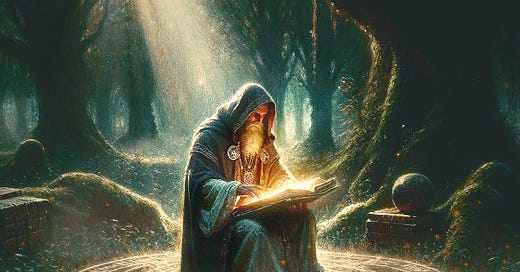



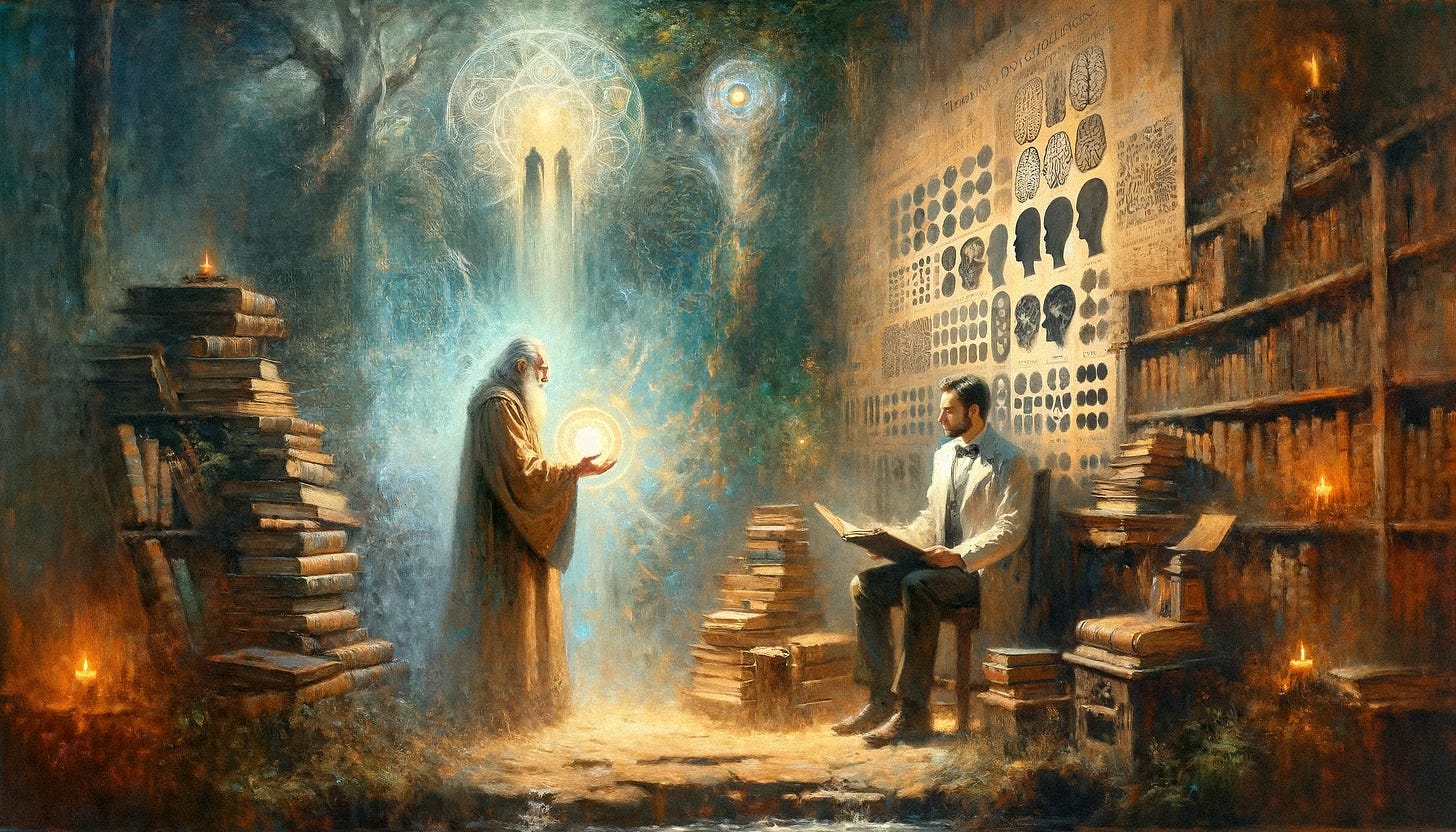
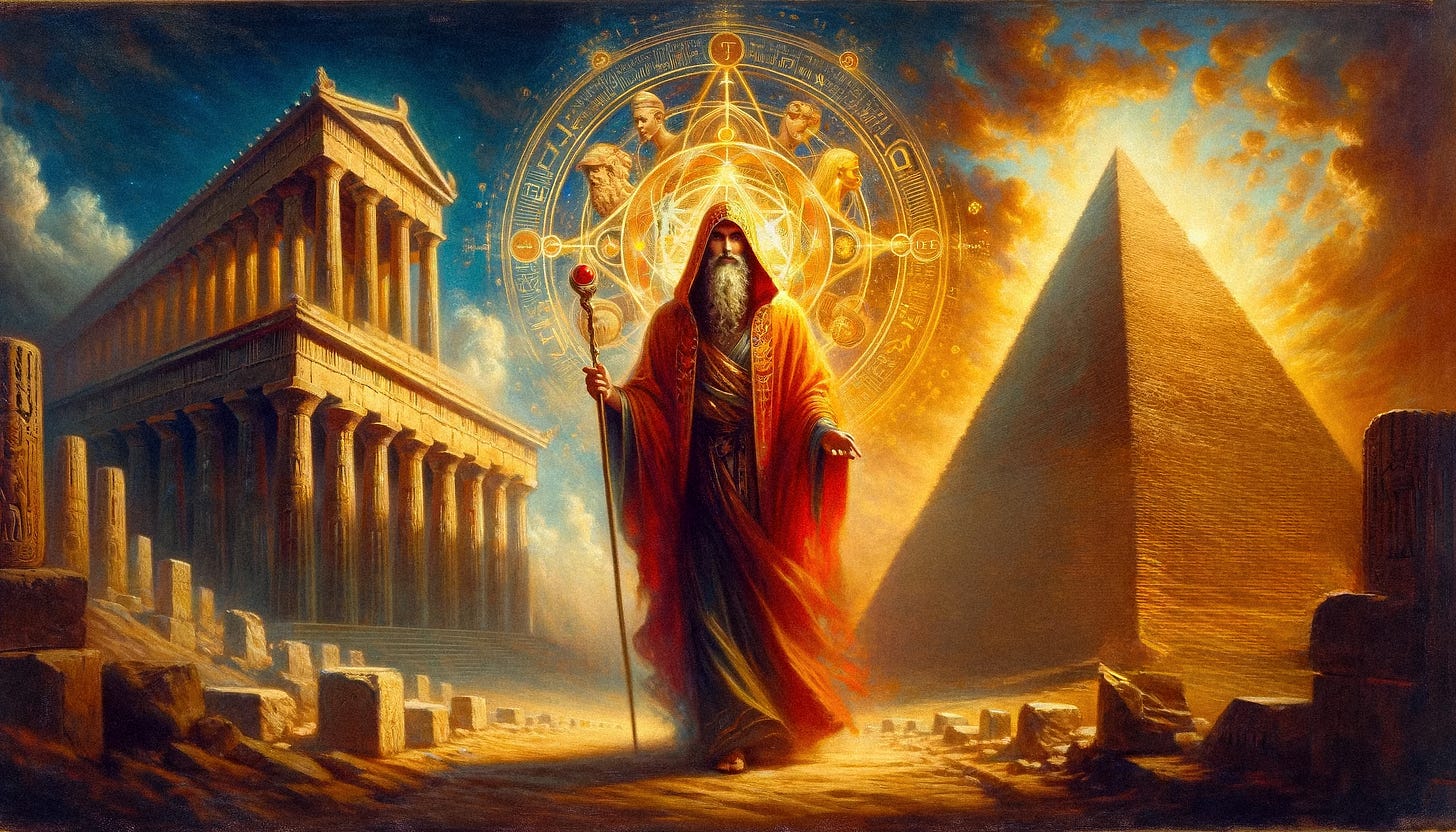
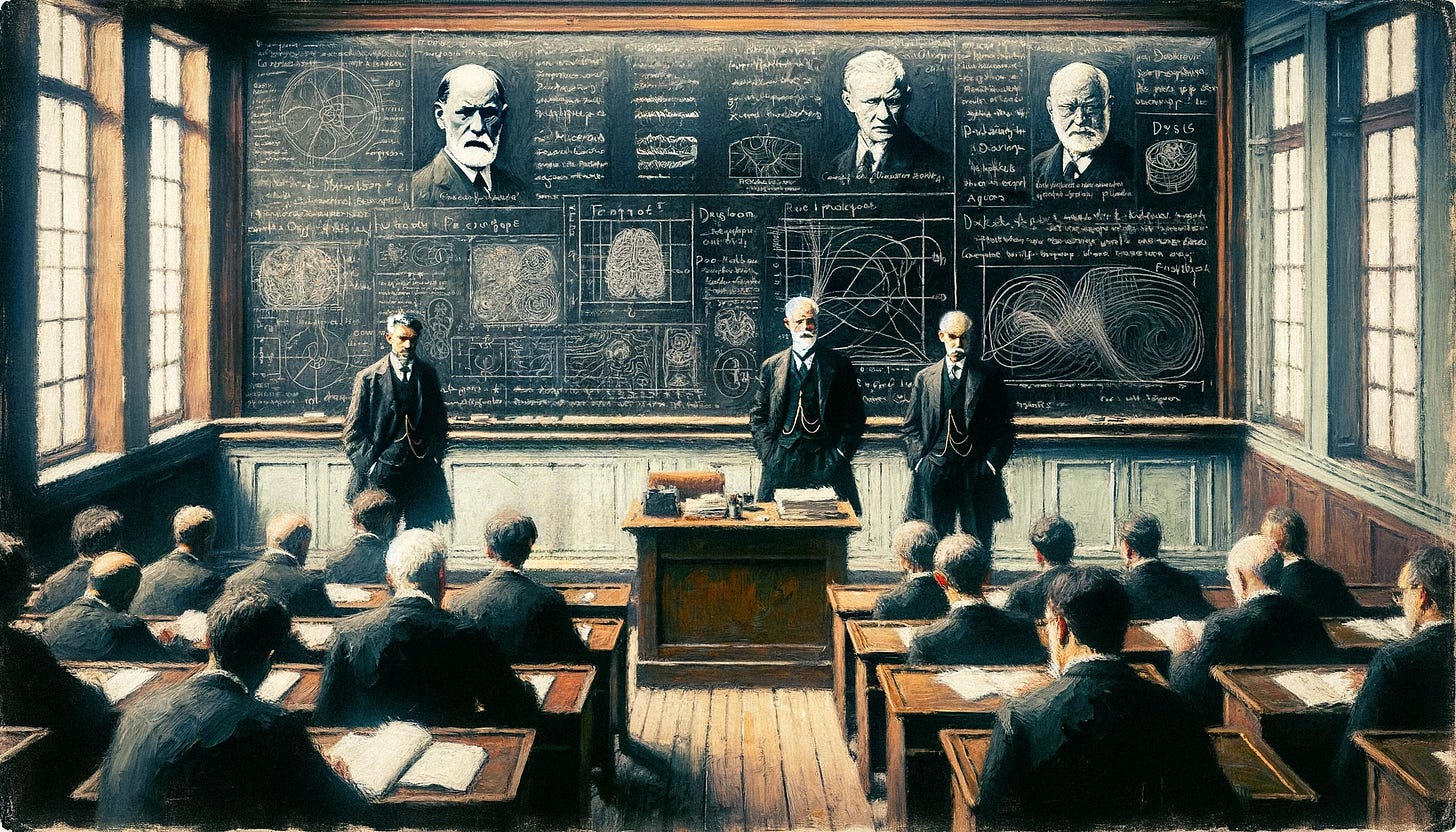
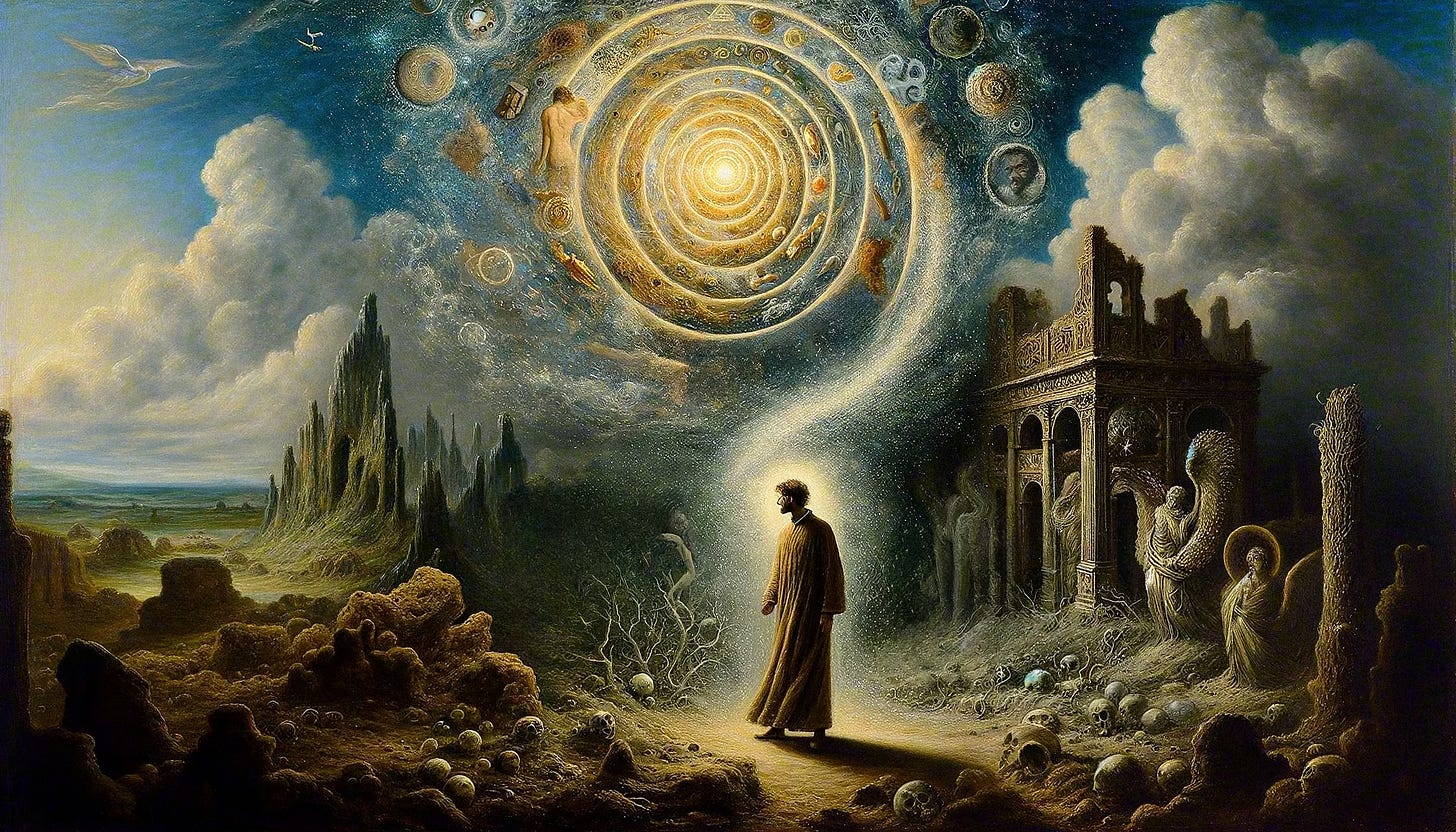
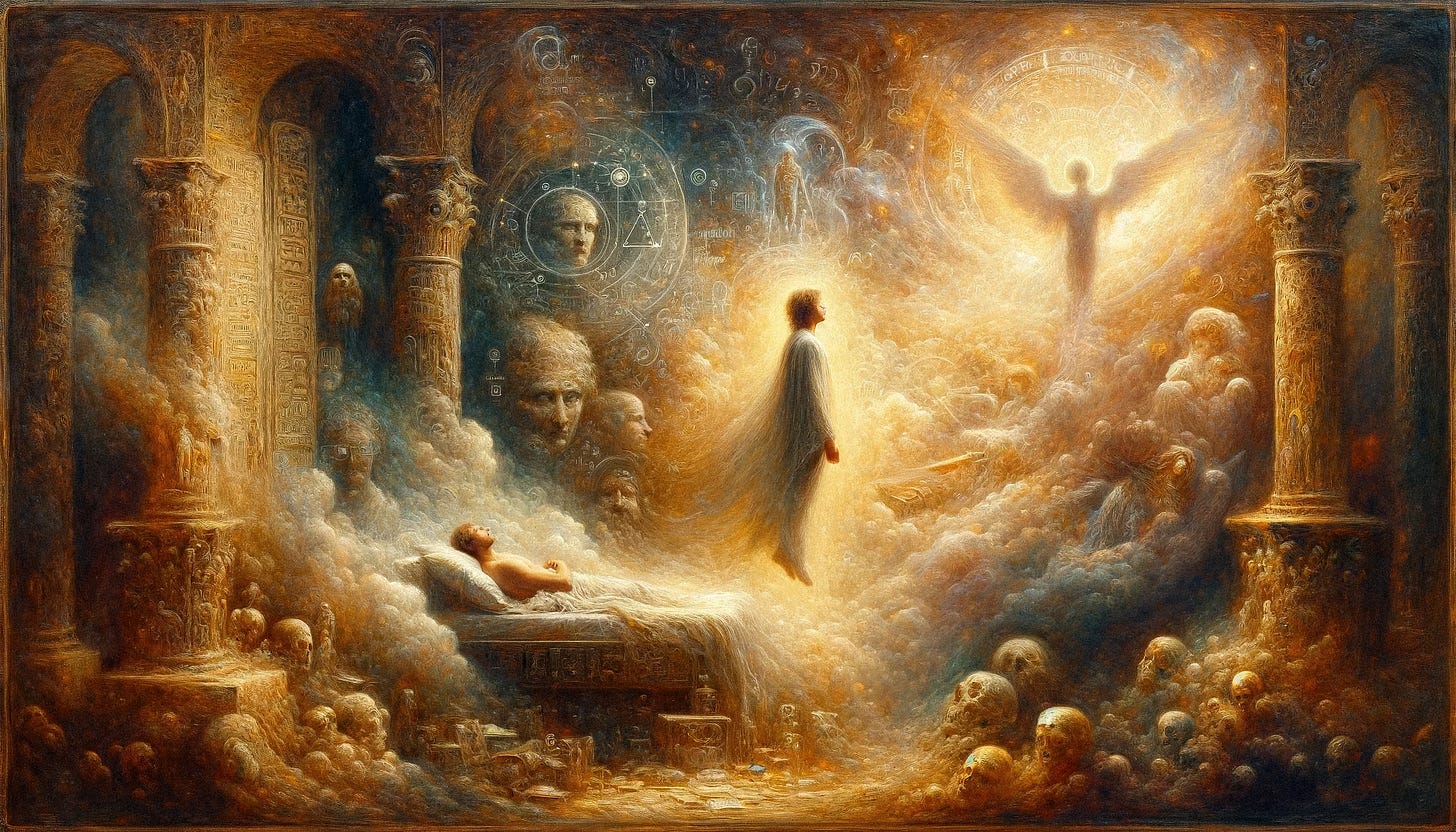
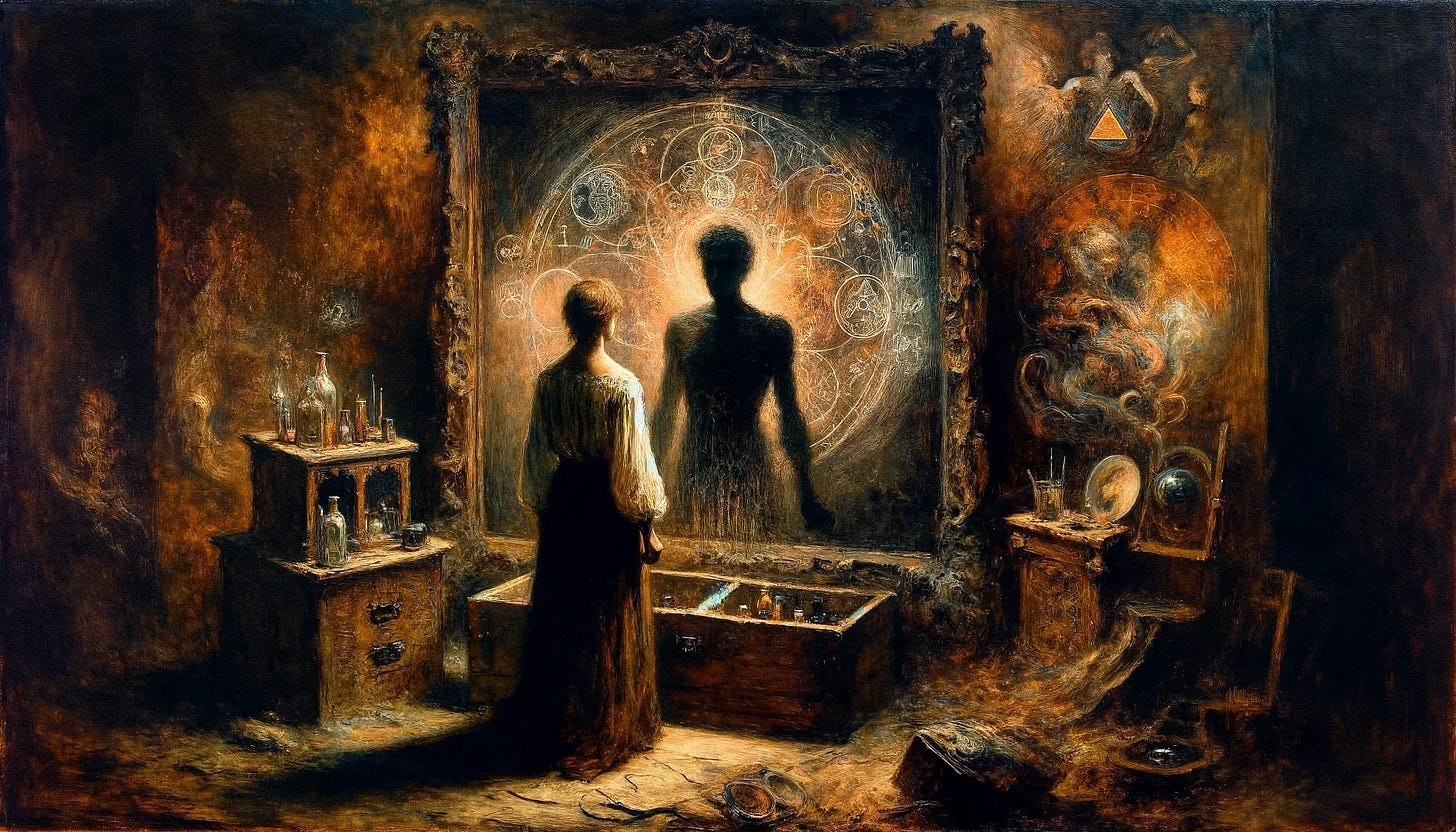
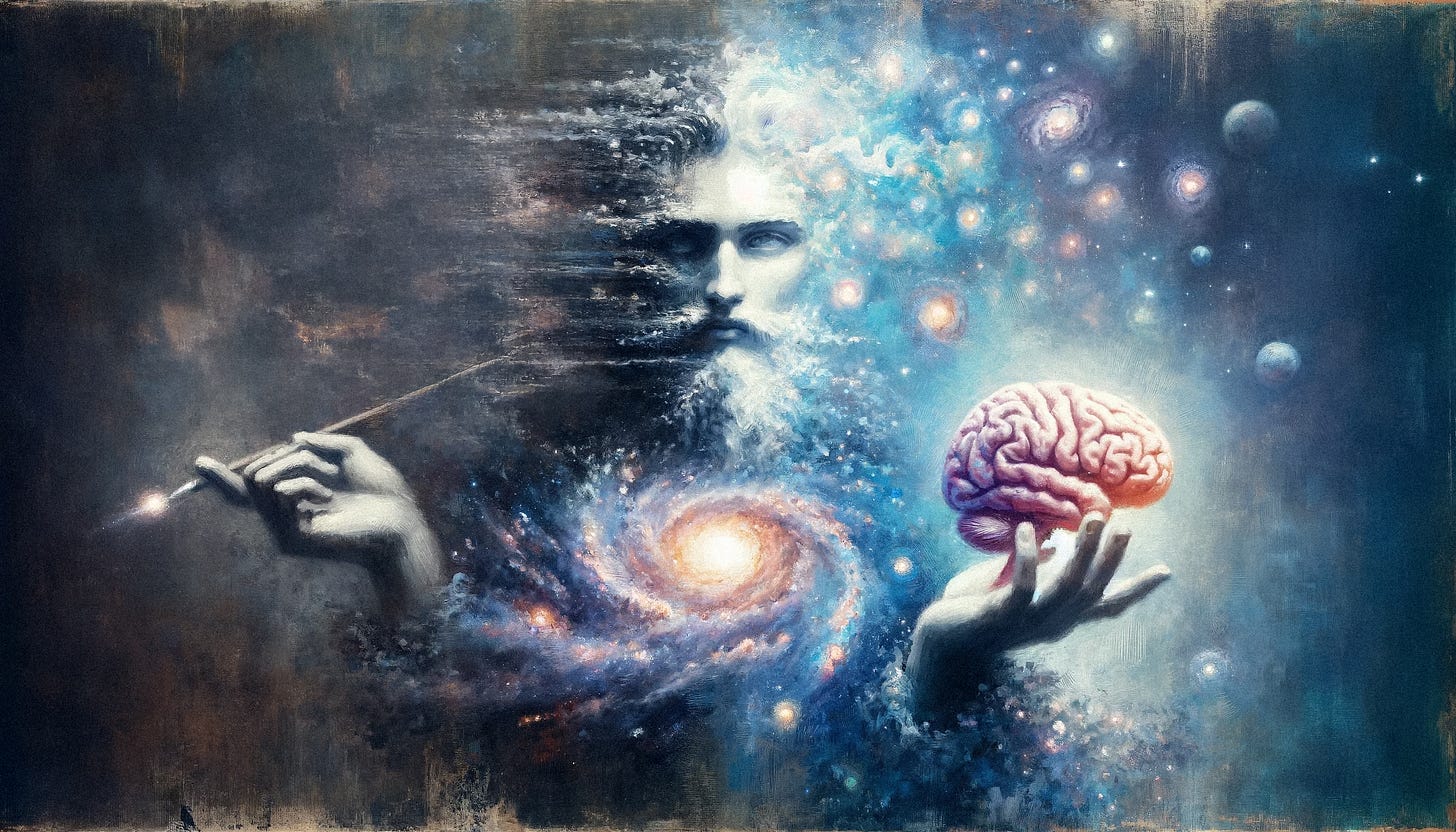

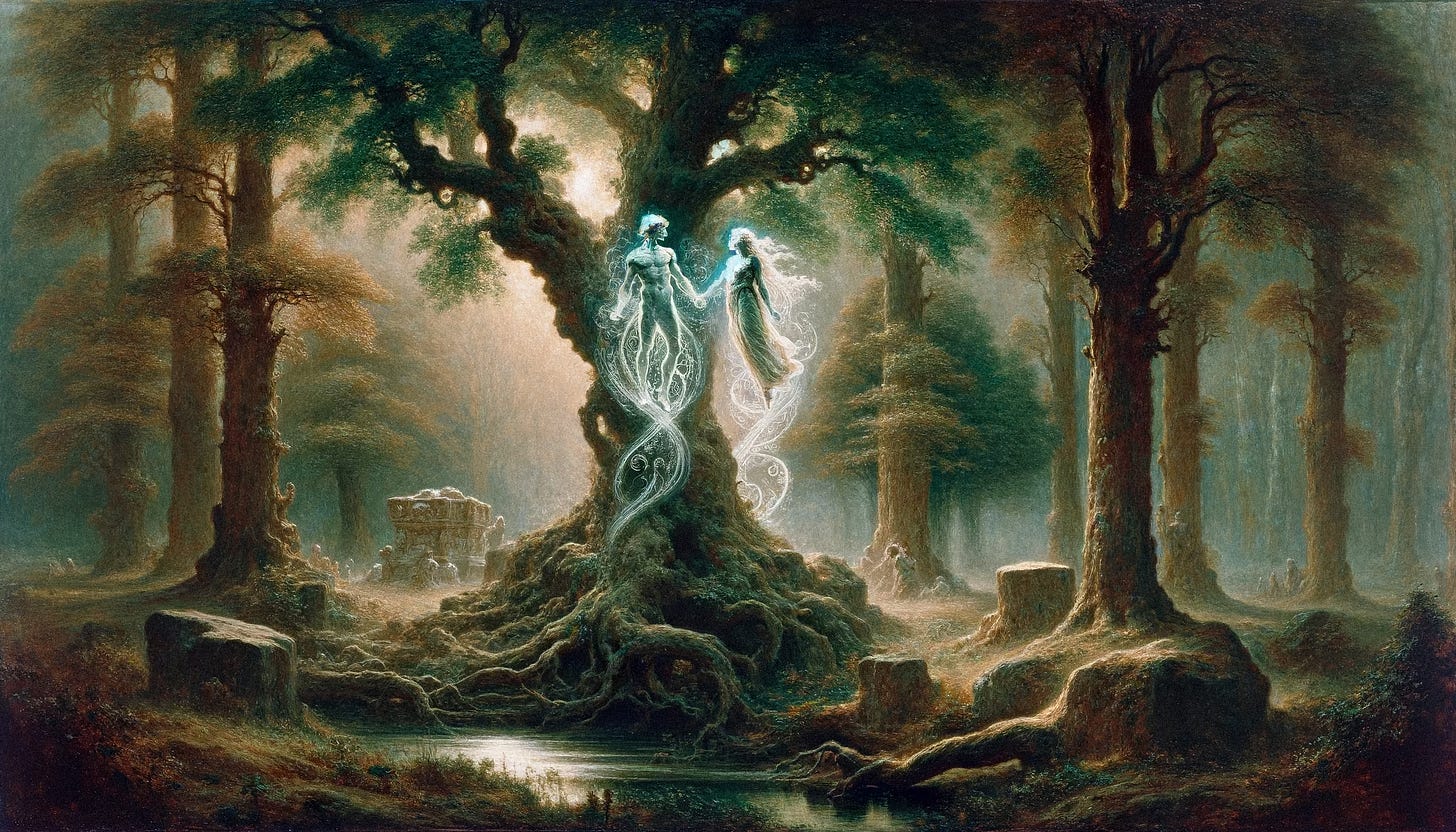
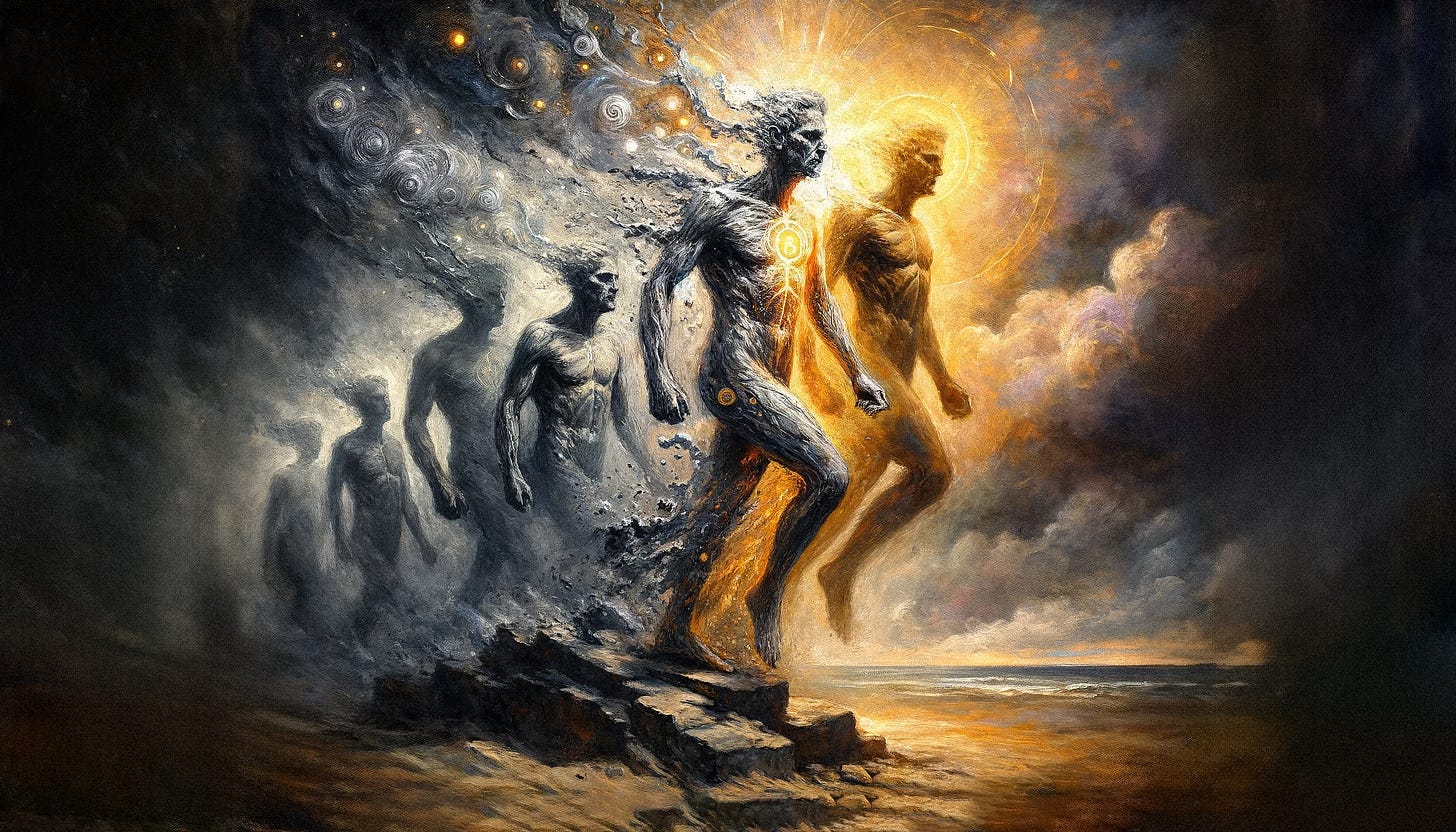
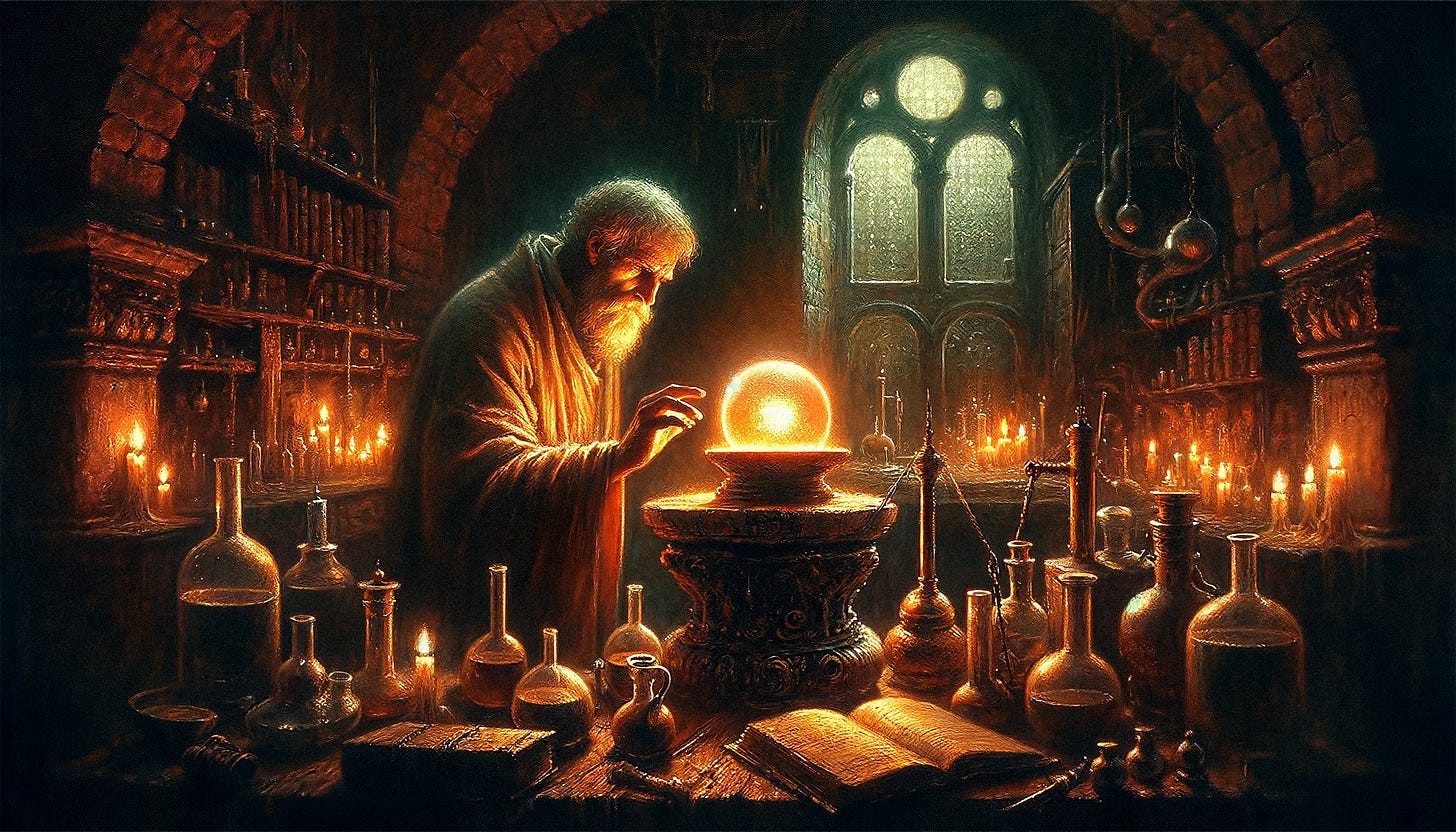
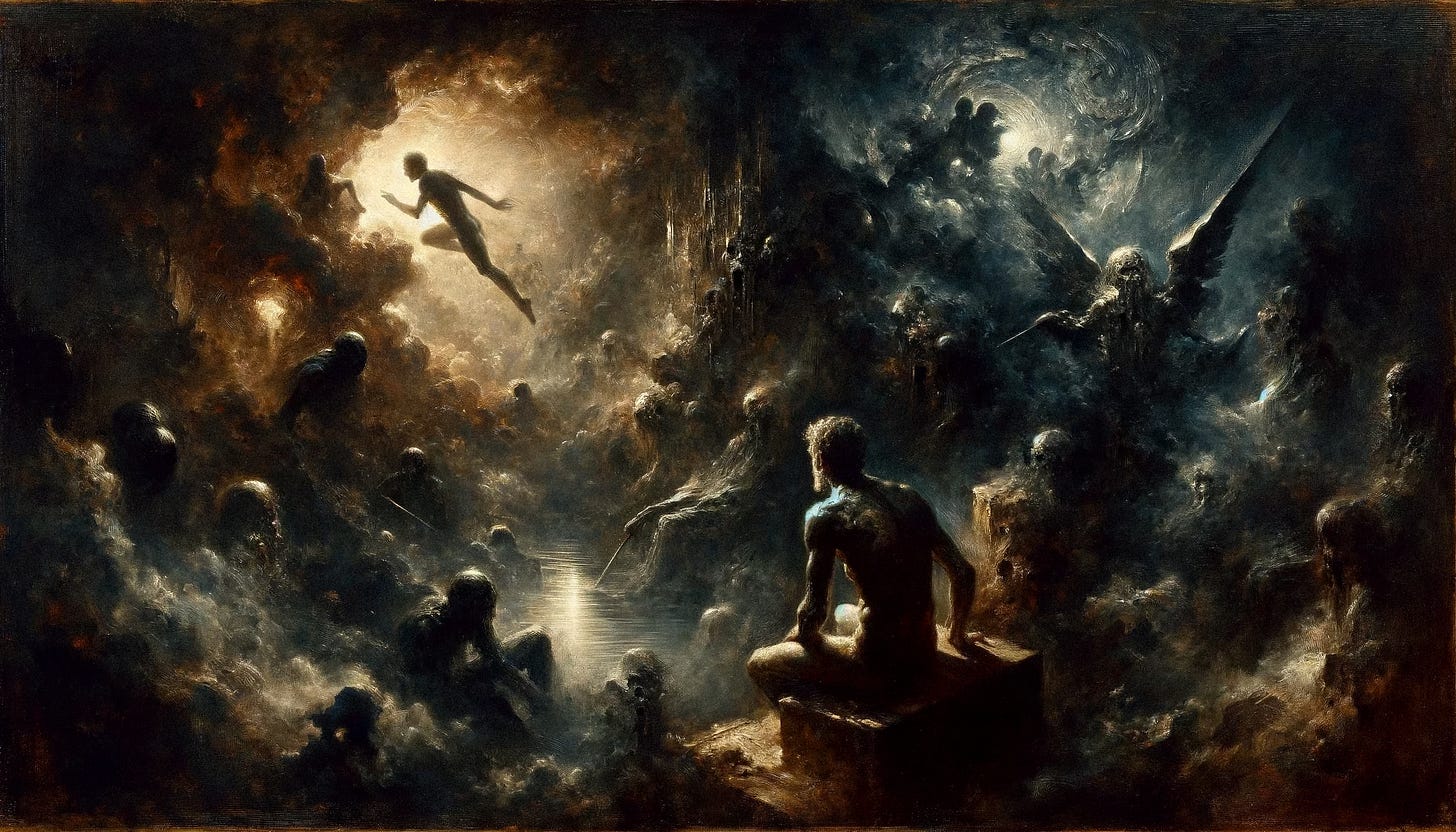
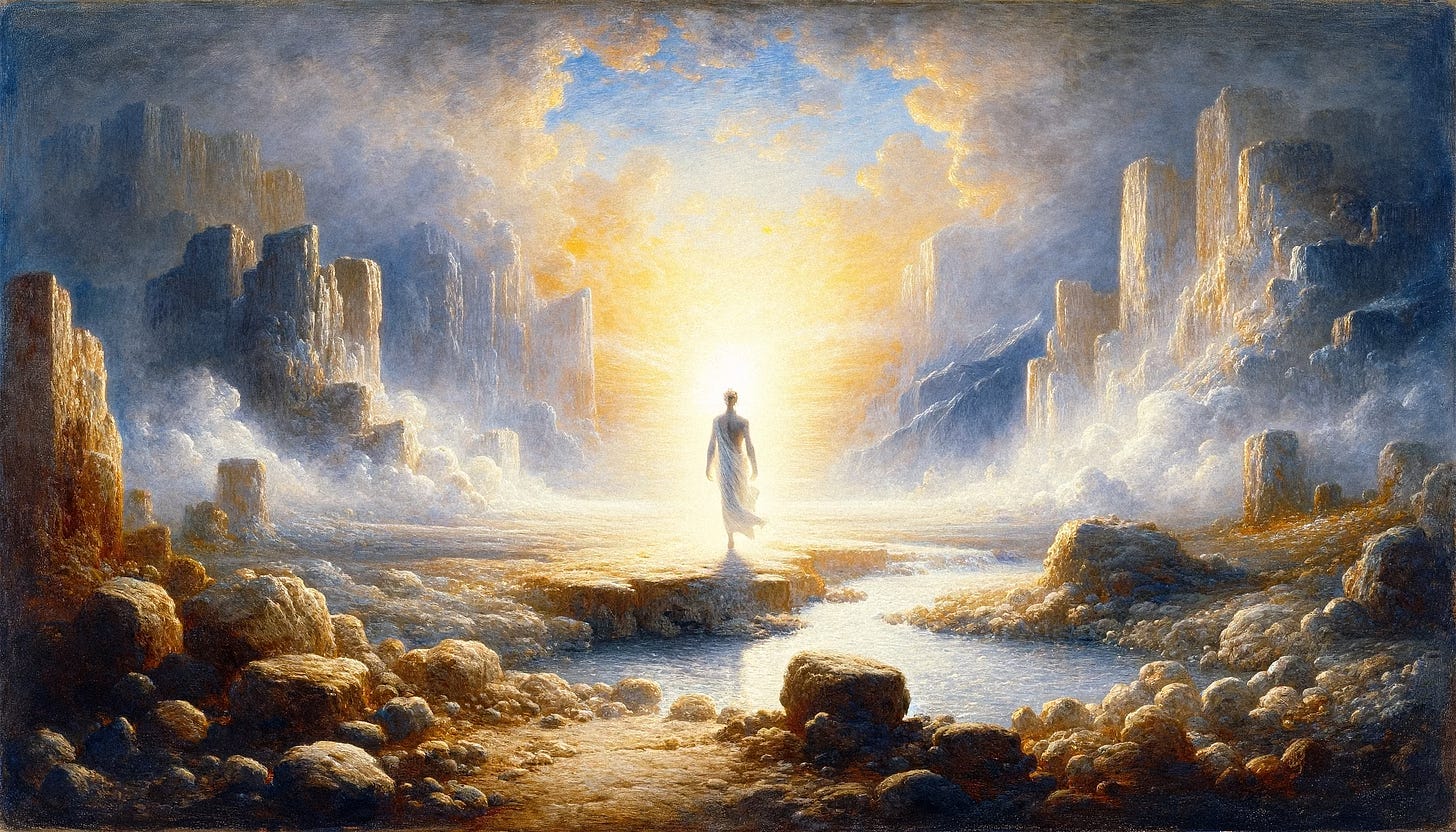
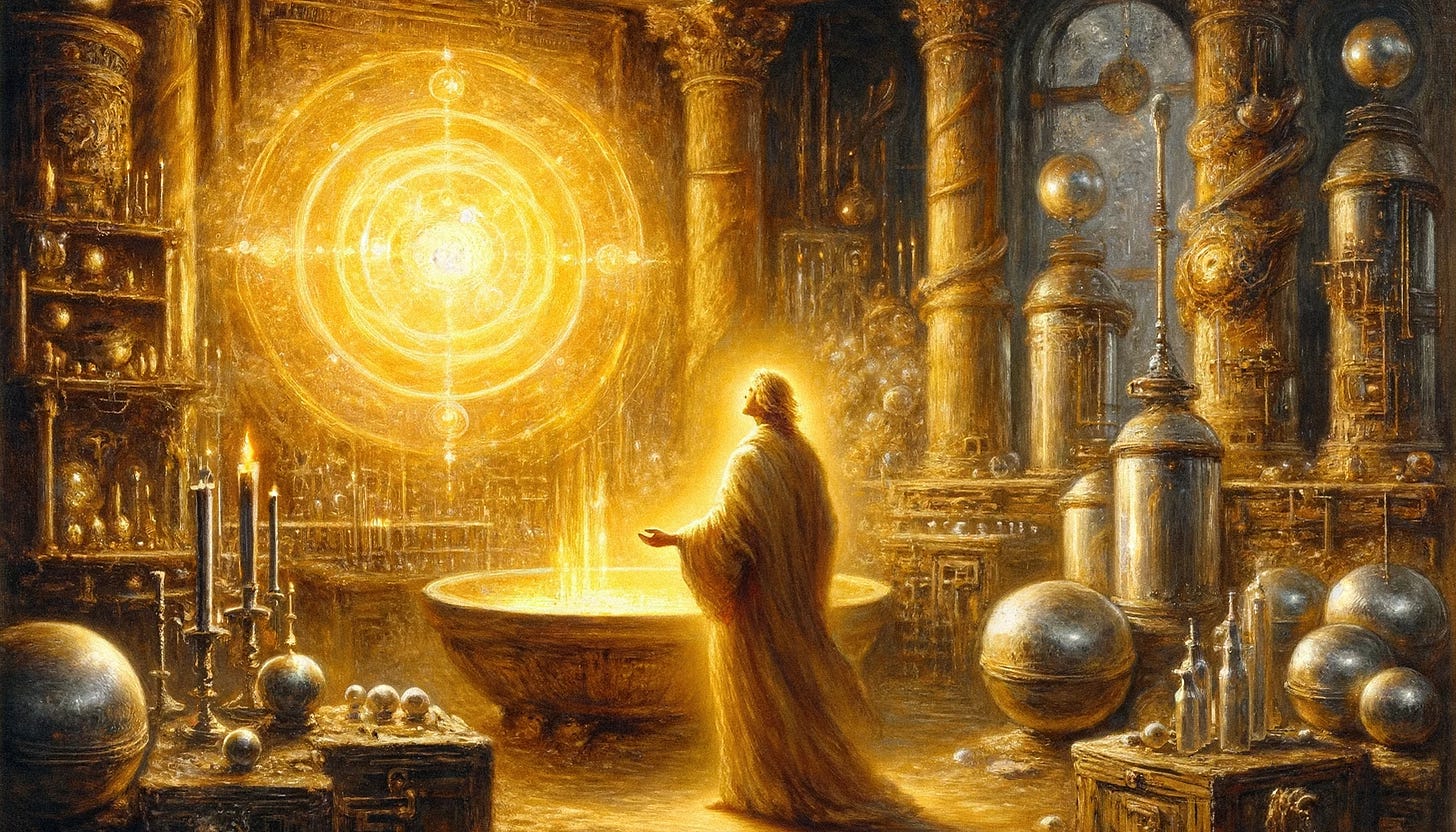
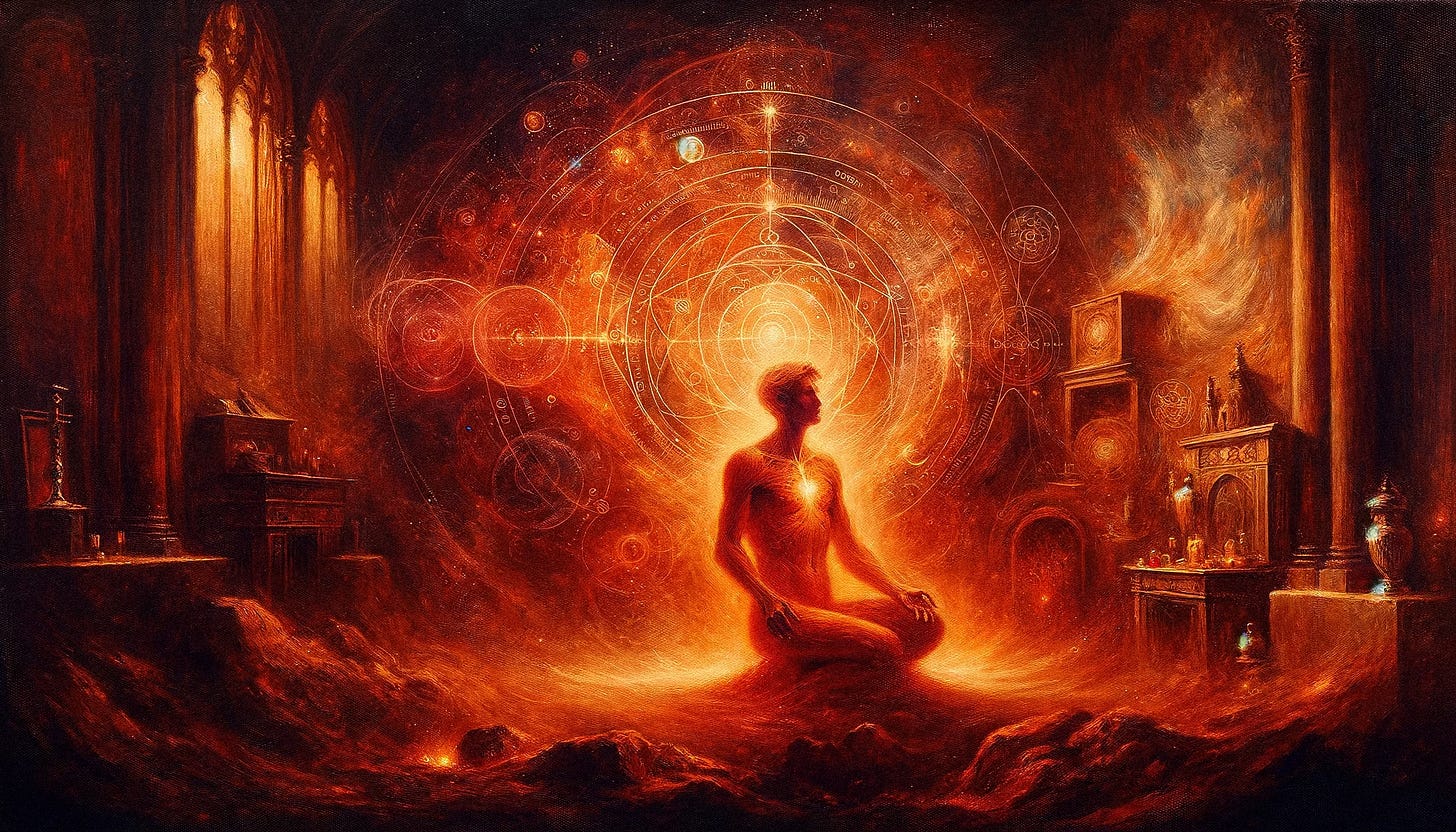
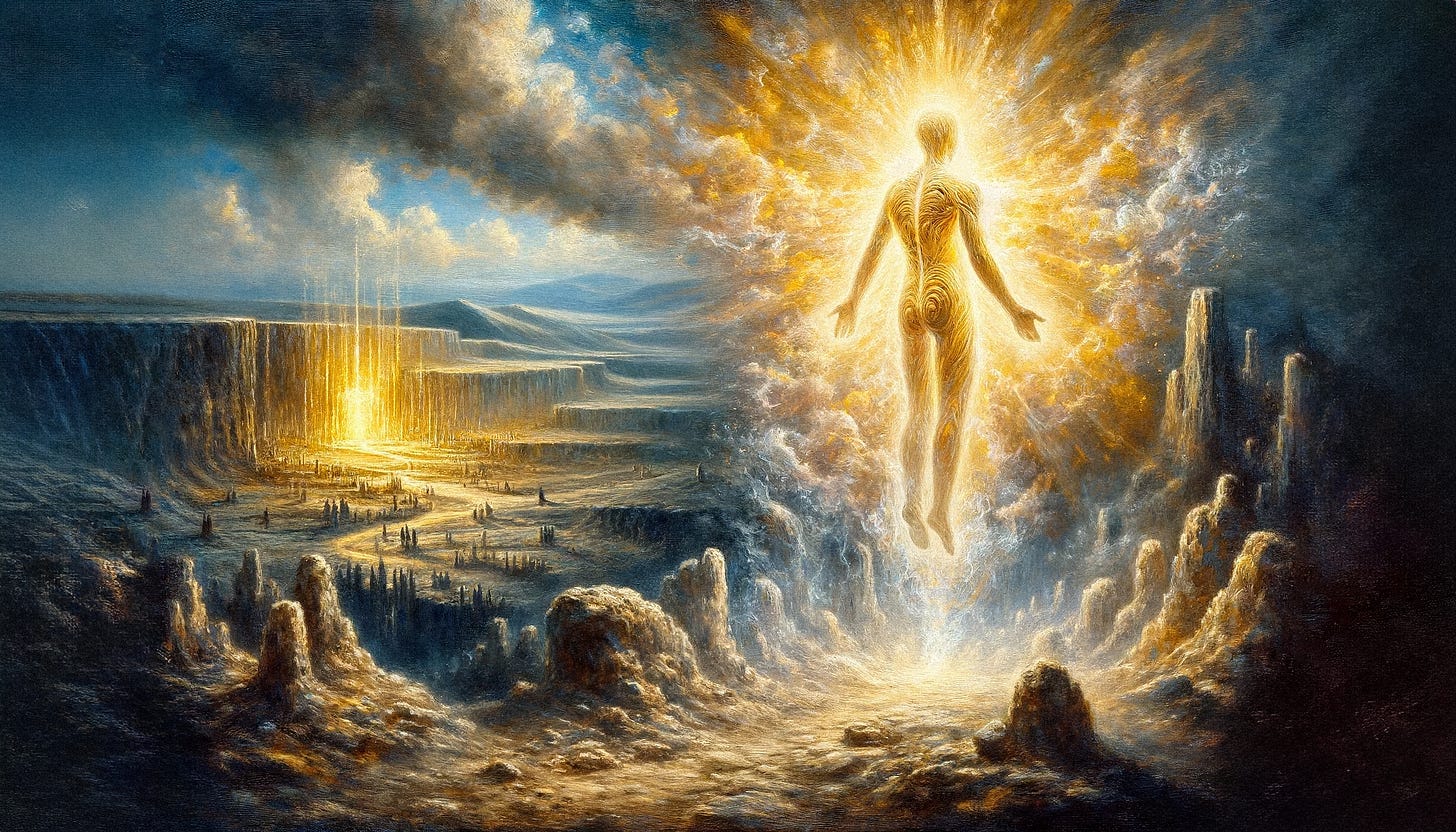
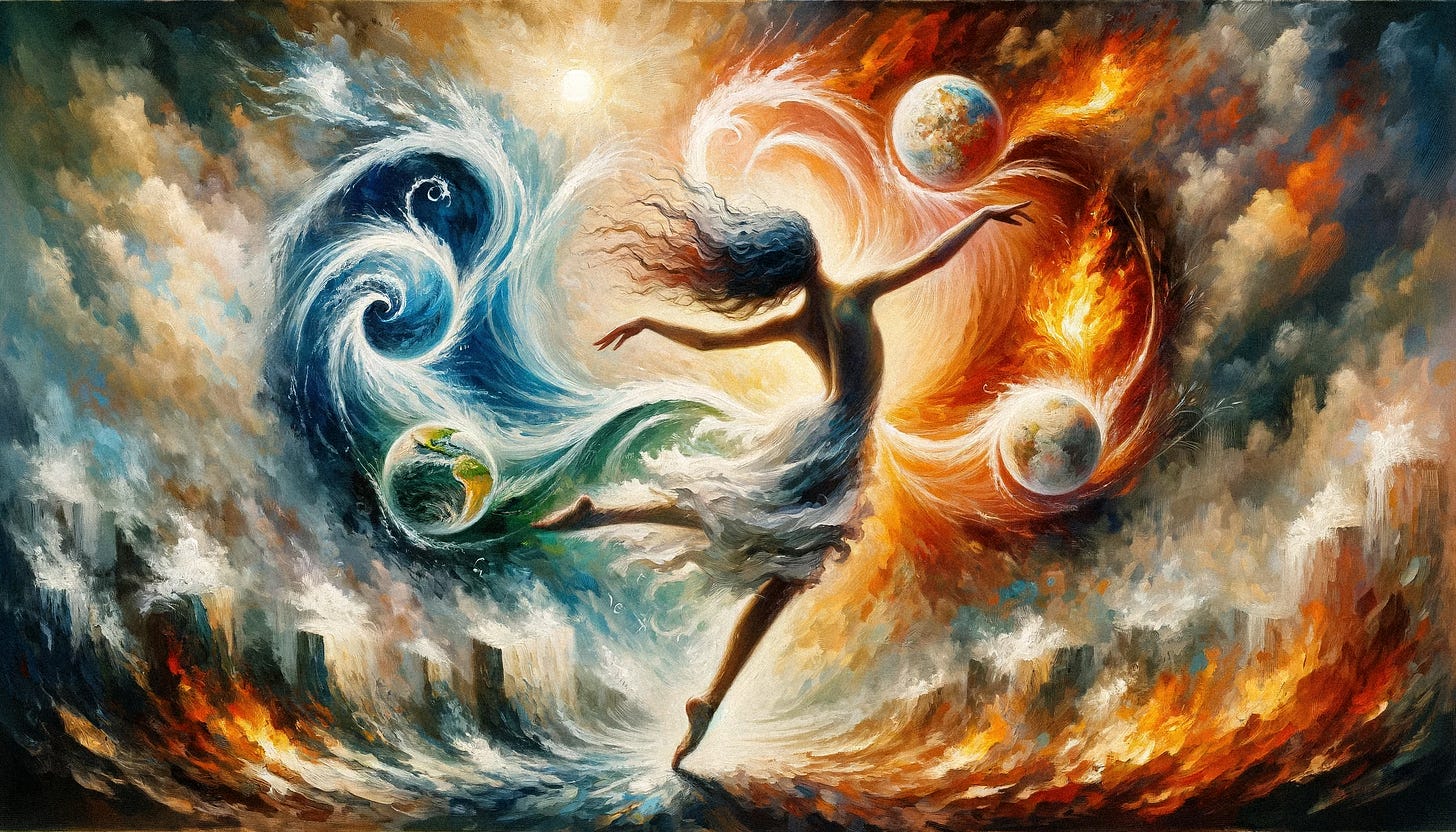
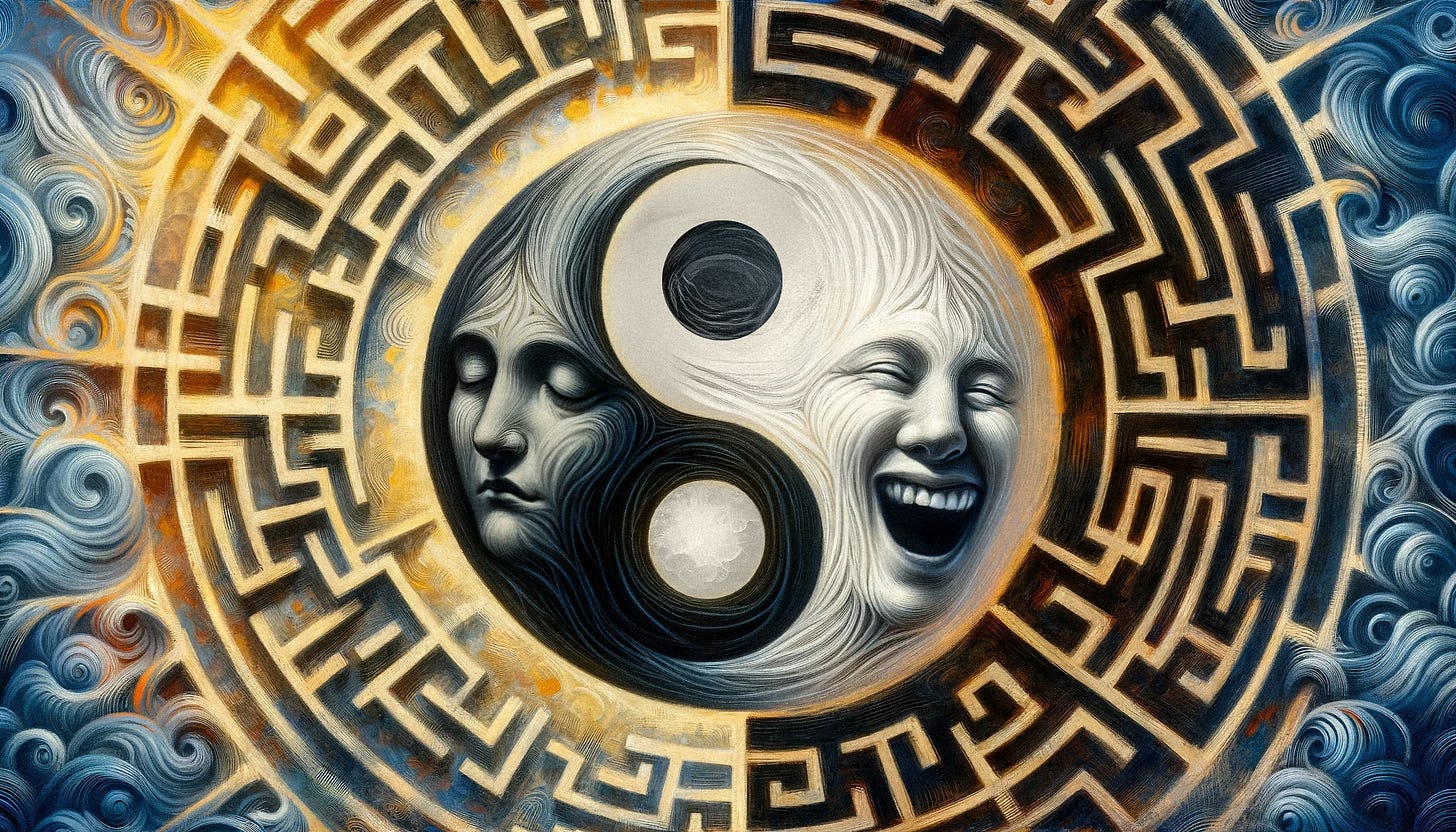
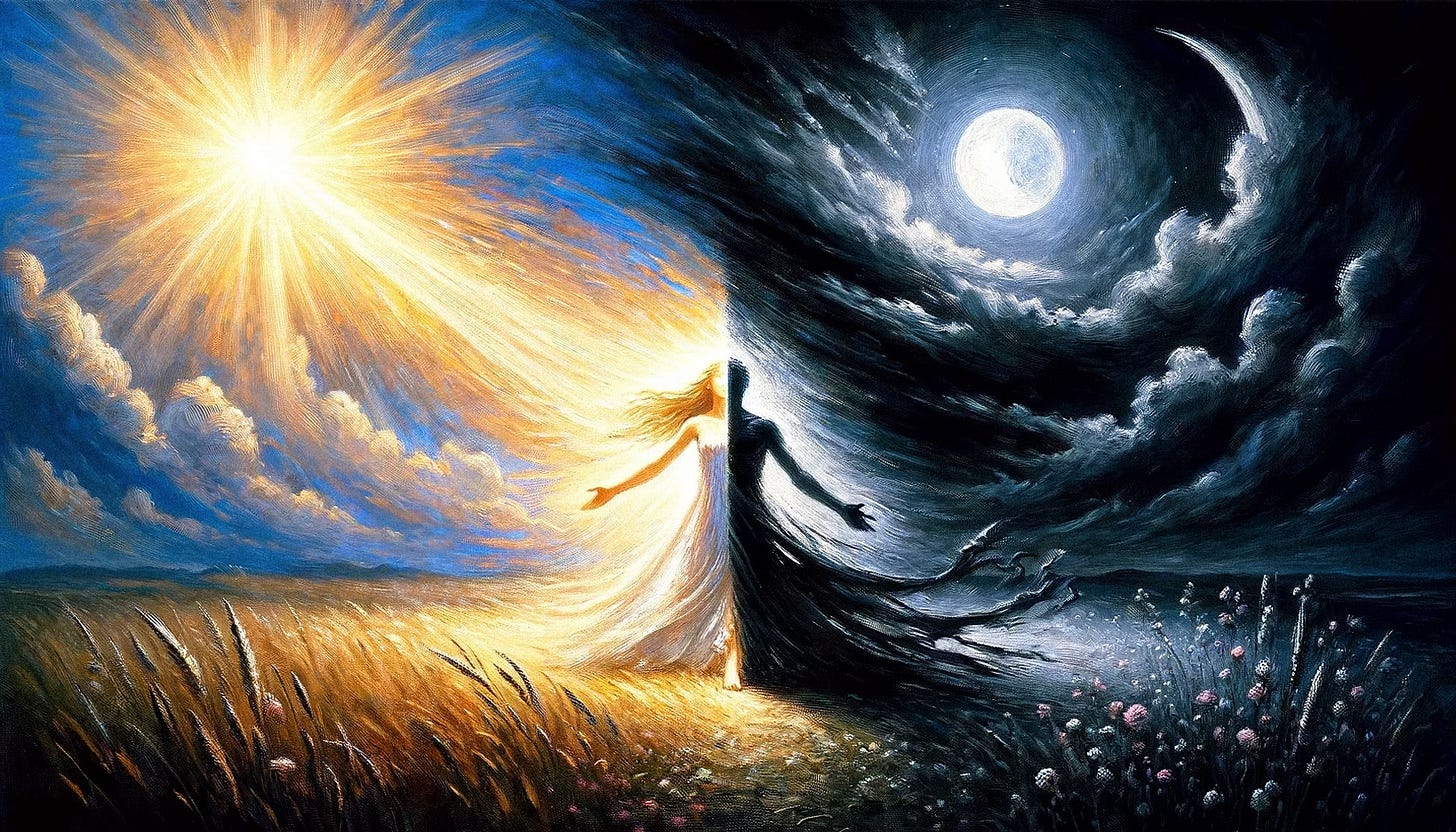
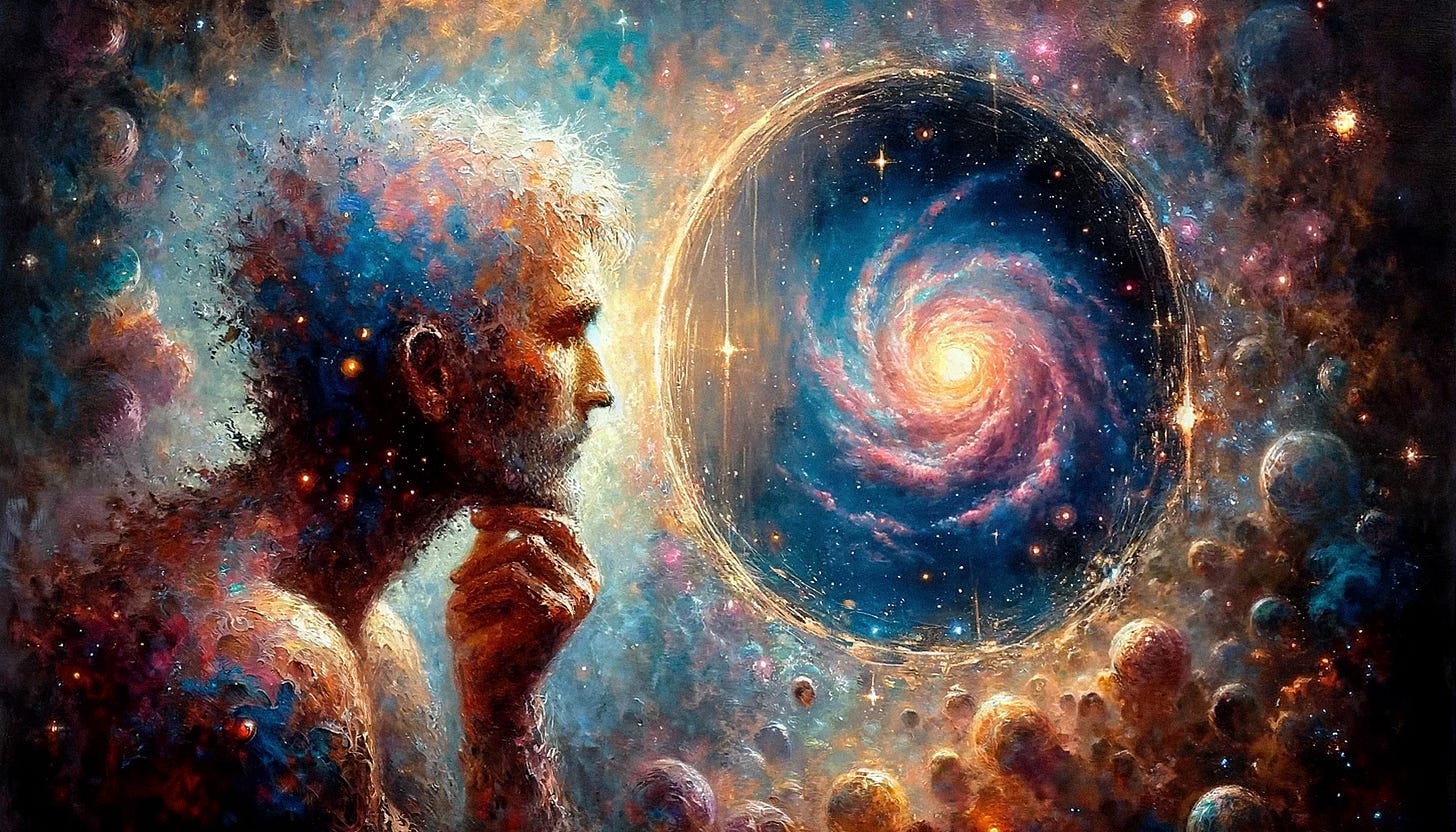
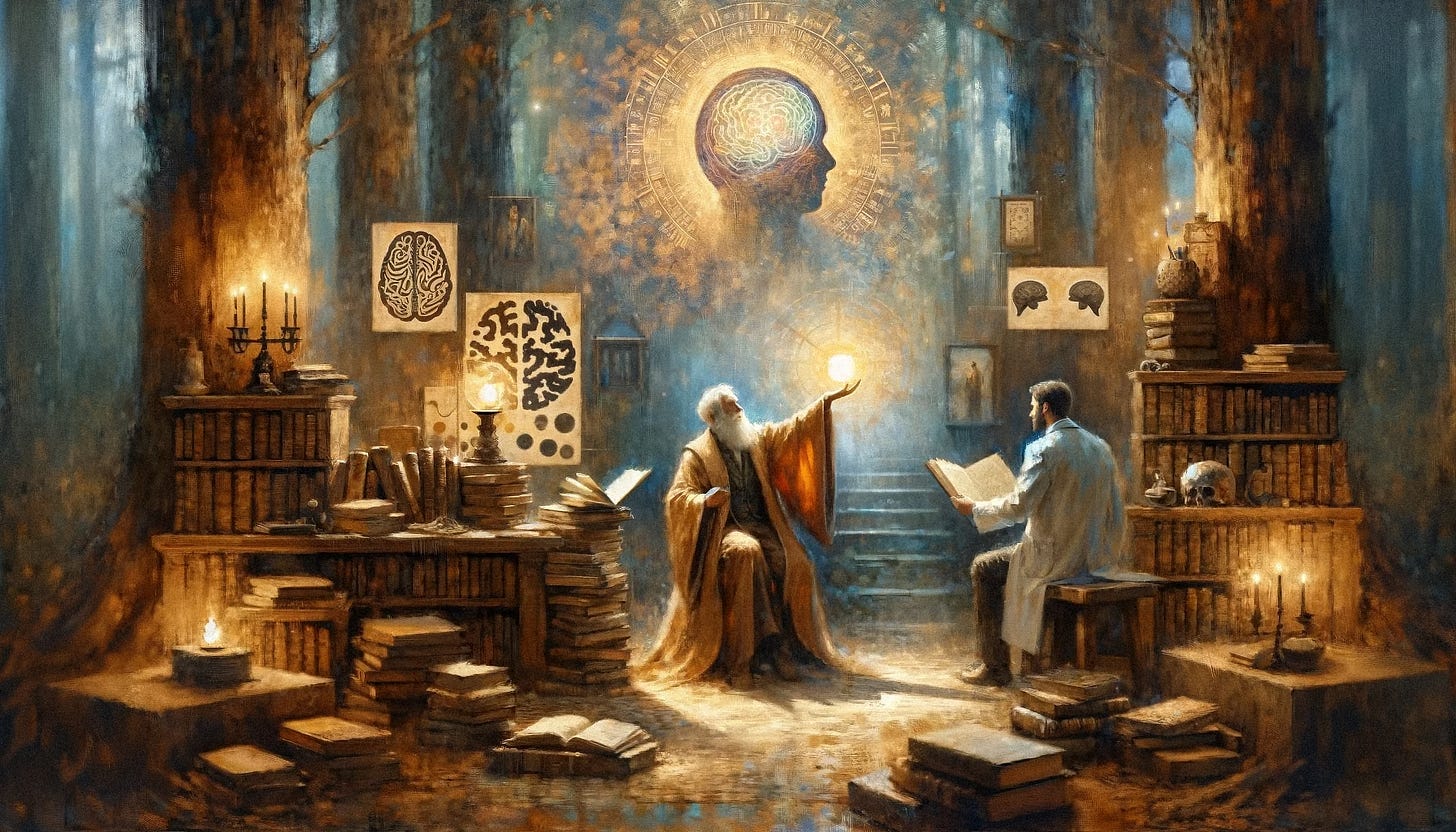
Welcome, fellow seekers, to our enchanting journey of discovery! 🌟 In this post, we delve into the rich tapestry where ancient esoteric wisdom intertwines with the insights of modern psychology. Have you ever felt a connection between age-old mystic practices and the workings of your own mind? Share your unique experiences or any moments of realization you've encountered on your journey of self-discovery. Let's build a community where every story and insight enriches our collective journey. And if you're finding value in our exploration, don't forget to hit the like button, share with others who might enjoy this, subscribe for more content! What specific aspect of ancient wisdom or modern psychology resonates most with you? Comment below! ✨